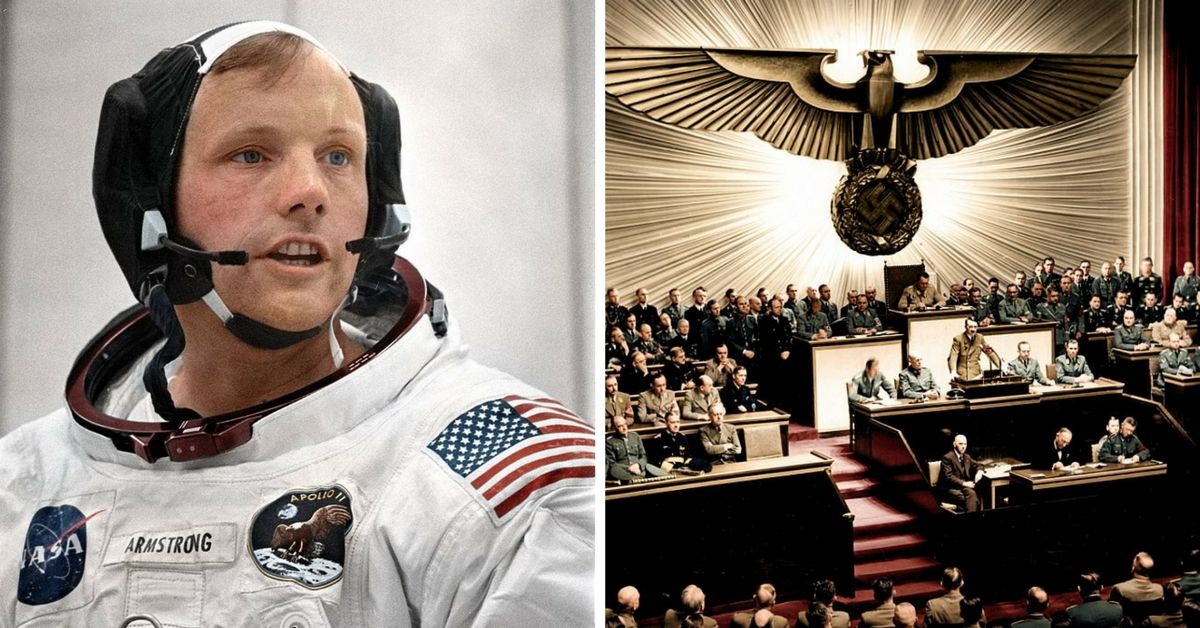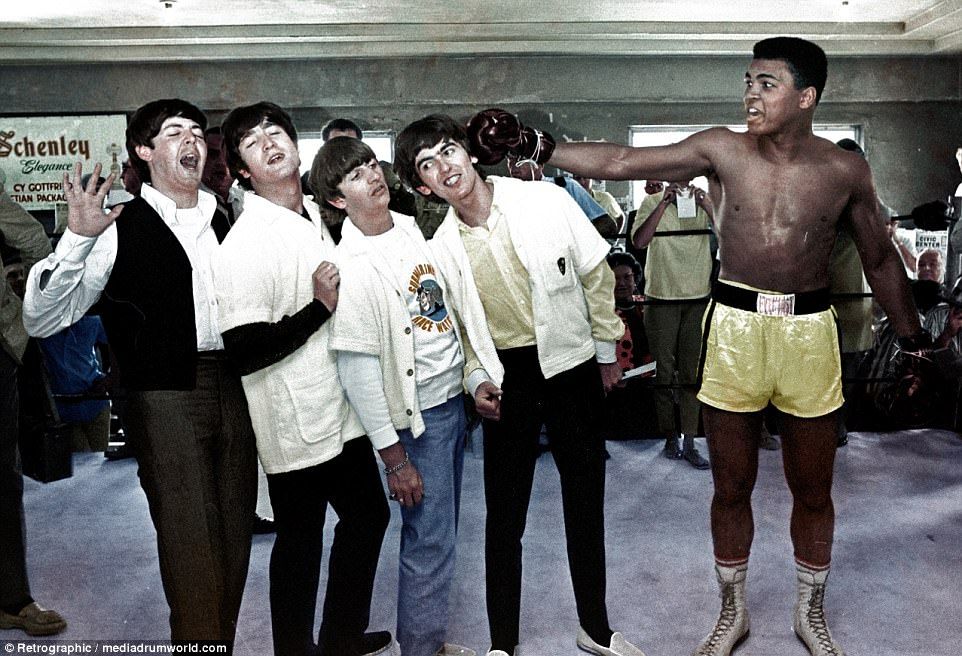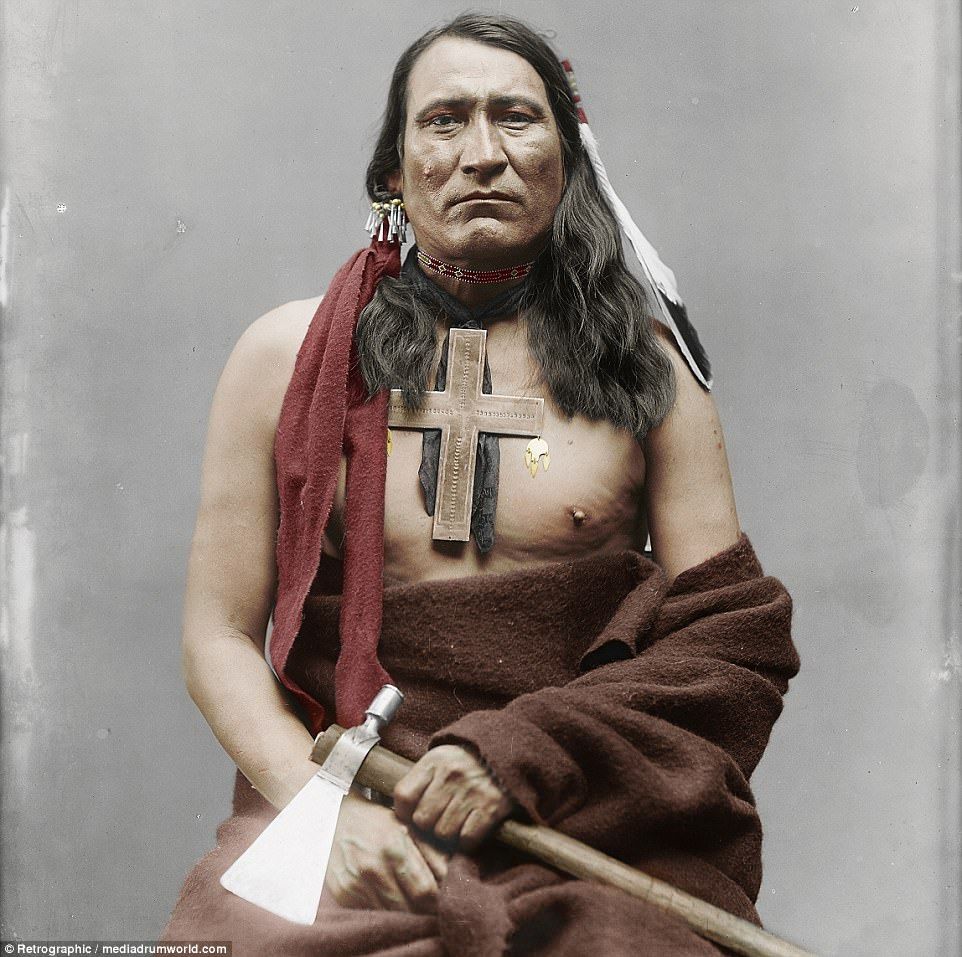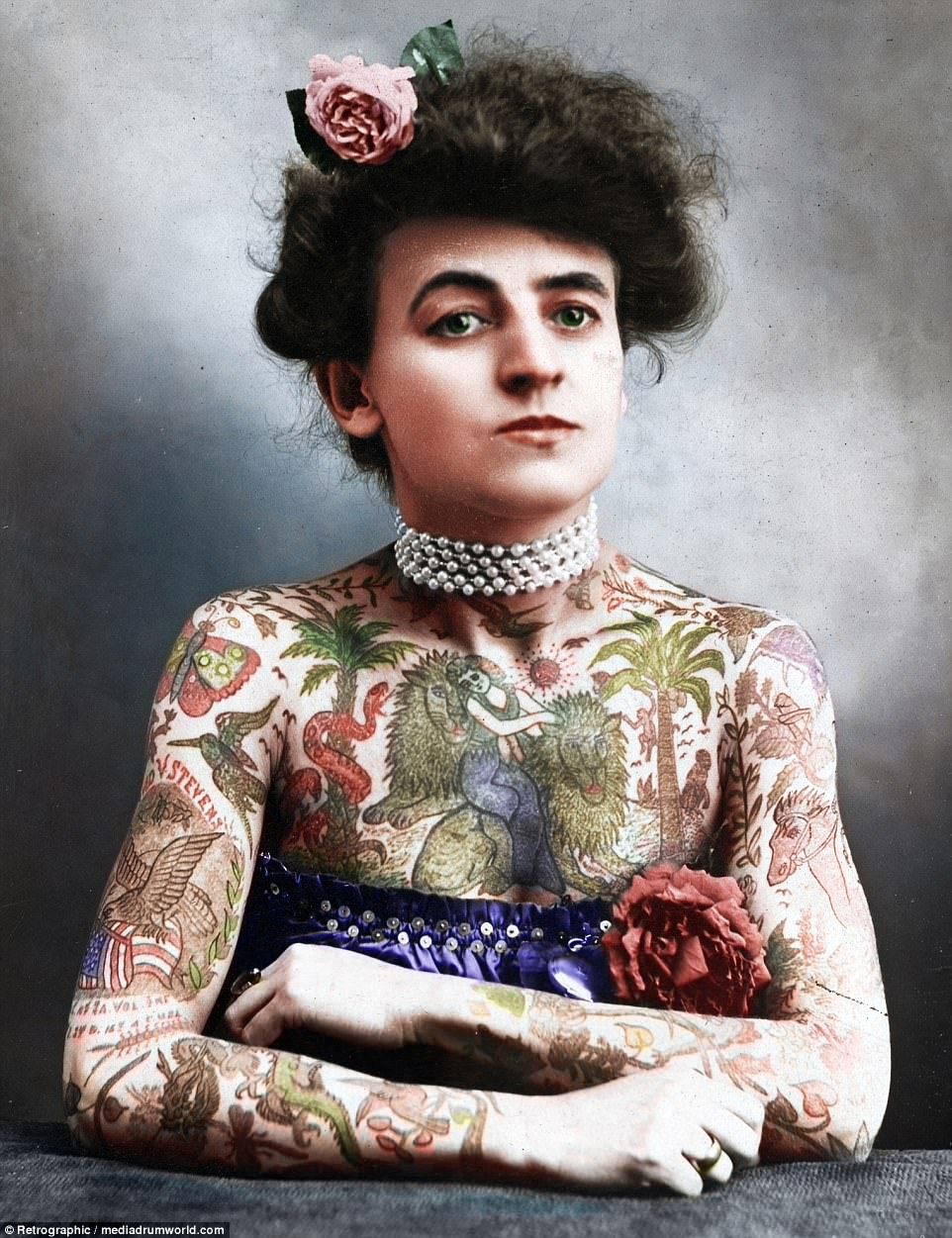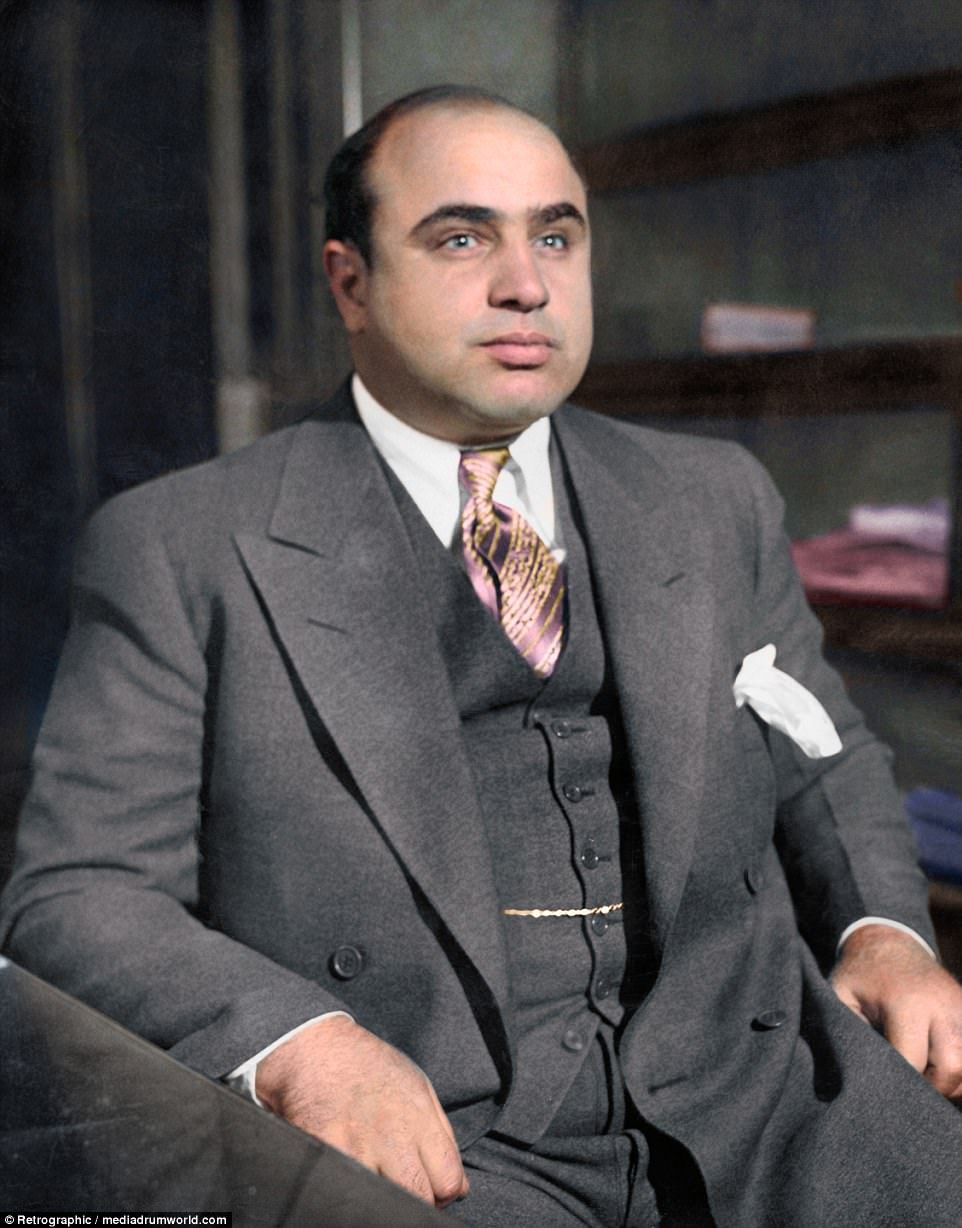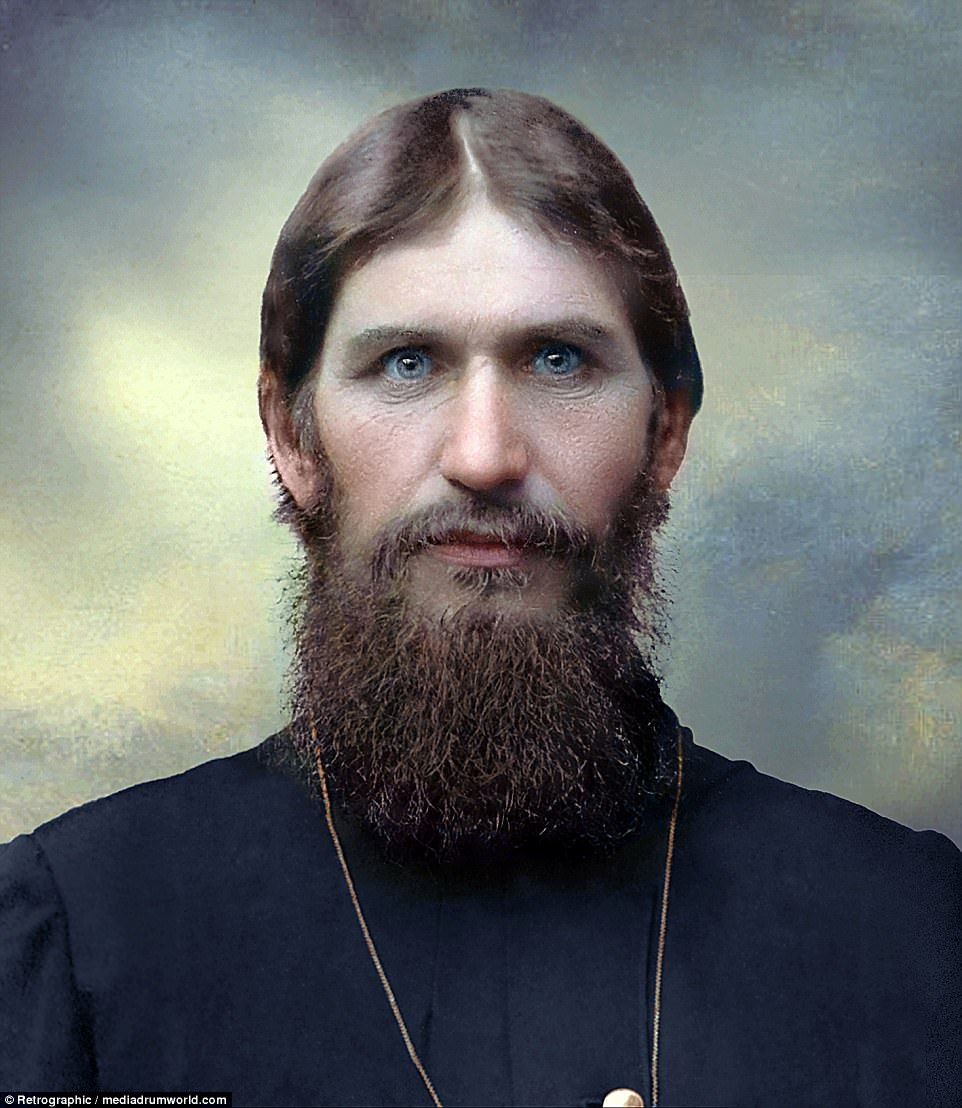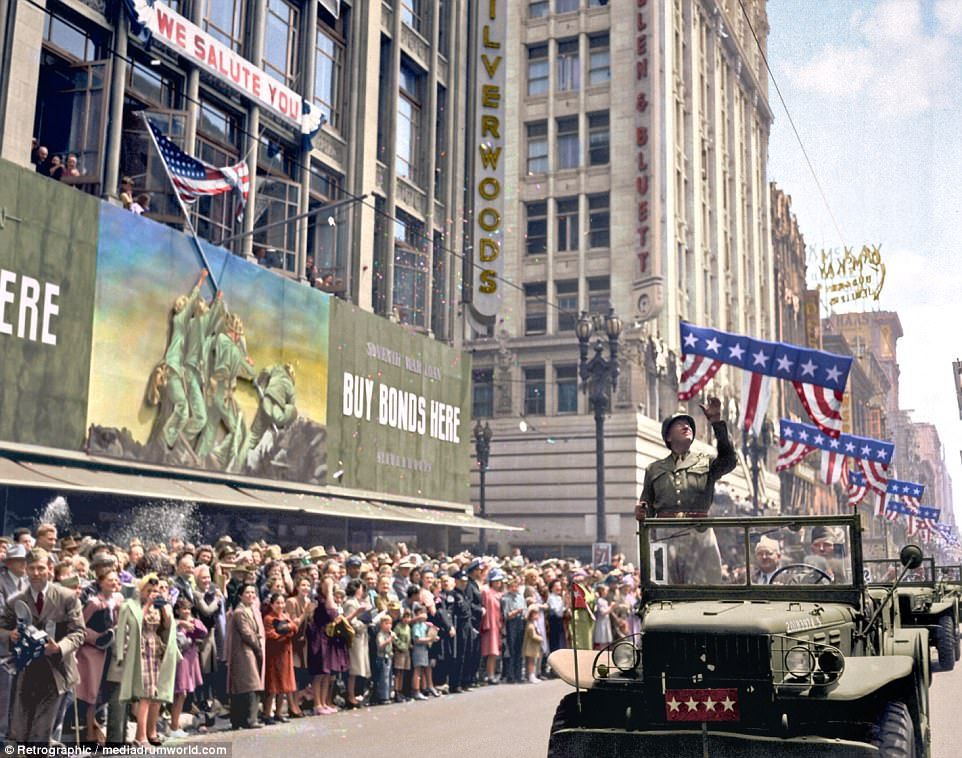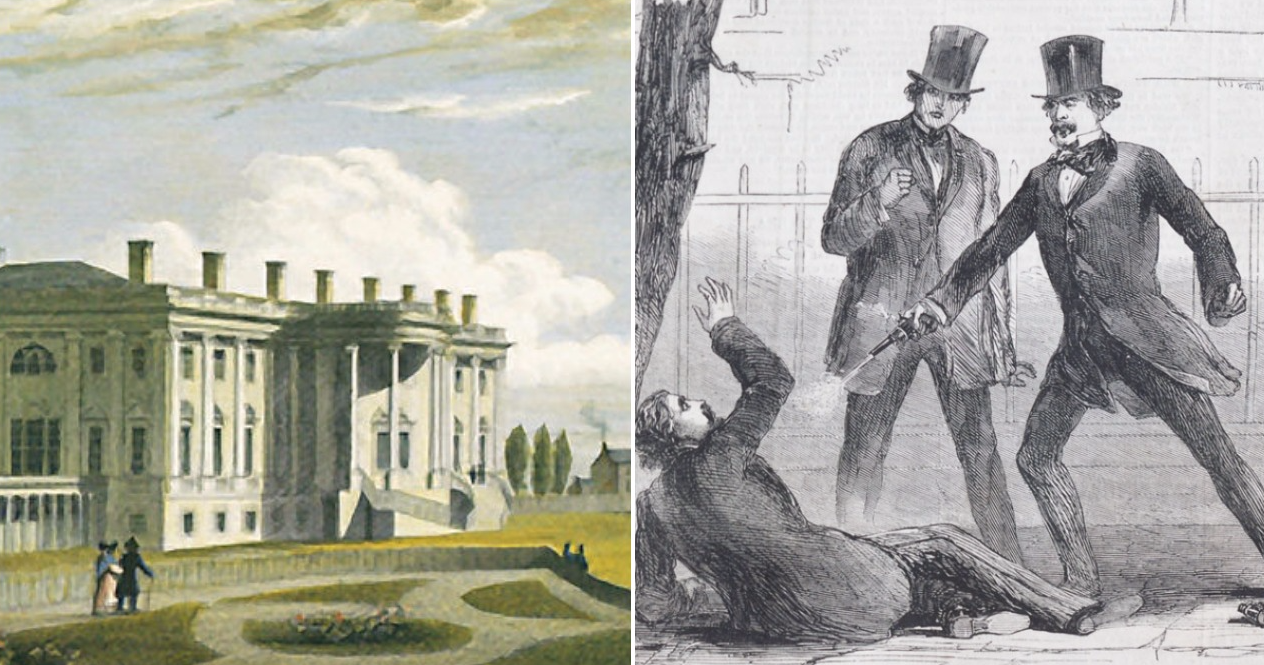It is a common complaint that today's youth are so disconnected to the past. They seem to believe that the world has just arrived into the state it is in today, and that it is so easy to change simply because they would like it to.
Unfortunately, this is not the case. The world has been through a lot in the last 100 years, and older generations seem to be a lot more patient with the transitions that have occured.
In a world of Facebook, Instagram, and Snapchat, it's no wonder that young people today are so impatient and distracted. But maybe, a new collection of photographs will help bridge the gap between the present day and the past.
In his new book, Retrographic: History in Colour, Michael Carroll wanted to take some of the most important moments of the last 163 years and colorize them, in order to humanize a period of time that most people only ever read about.
When you realize that some of these moments actually happened, the photographs become chilling to look at.
Some of these pictures illustrate people that have become more famous for the events they were a part of than simply who they were as people.
Photography has always been a tool for humanizing the figures we see as idols, and sometimes we lose sight of the past because of how flat it can appear in black and white.
This photo from 1907 of Maud Wagner, America's first professional female tattoo artist, tell a story that black and white simply could not capture.
Like the fact that she began her career as a circus performer. An acrobat and contortionist, this led to her meeting her husband, Gus Wagner, "the most artistically marked up man in America."
They had their first date "in exchange" for lessons in tattoo art. After they were married, they had a daughter who they taught how to tattoo at the age of 9.
Despite the invention of the tattoo machine, the family preferred traditional "hand-poked" tattoos. Not only was Wagner the first professional female artist, she was one of the last to carry on this traditional method.
Her stunning artwork, now shown in full color, give us a glimpse at someone who changed the cultural landscape of early America.
Portraits from the past, like that of notorious gangster Al Capone, help us to see that even the most infamous villains were people too.
Capone is known for running the bootlegging of alcohol in Prohibition-era Chicago. He rose to the rank of crime boss using devious and increasingly violent tactics.
Paying off local authorities, making donations to various charities, and attending public functions put Capone in the spotlight. But when he ordered the killings of seven members of a competitive crime syndicate, dubbed the St. Valentine's Day Massacre, his image was shot.
In simple photos like this one, the reputation of a killer is tamed by a calm expression, and in the pink tie, he could be mistaken for any other businessman.
The book outlines more larger than life characters, some for their amazing deeds, and others for their paranormal lifestyles.
With the photographic image, we are able to look back on history with a definitive eye. Where before, painters could shape events however they (or their leaders) liked, now the truth could be seen by all.
But what really is the truth? These images show us events that really did occur, and people who really did live. However, for some, it makes the legends seem even wilder.
In what appears to be a photo of a simple man, Grigori Rasputin, otherwise known as the "Mad Monk," was a spiritual healer and advisor to the Russian royal family in the early 1900s.
His early life is shrouded in mystery, but somehow he managed to rise through the ranks of the Orthodox church and impress members of the social elite.
Rasputin quickly became a healer for the Romanov's, the royal family at the time. There was much controversy at the time when it was suggested he was part of political dealings, and even had an affair with the Queen.
Though he was eventually assassinated, his legacy caused massive upheaval in Russian society. You can almost believe his spiritual powers when you look into his eyes...
Colors are amazing in their ability to carry emotion, and we have been unable to truly grasp certain moments because of how distant they looked to us in shades of grey.
Above we have a familiar sight, a military parade, complete with flags and an important officer.
This is General Patton, waving to spectators in Los Angeles, California, June 9, 1945. In four months, the Second World War would officially be over, and the horrible tragedies that America and the world had faced would begin to fade.
